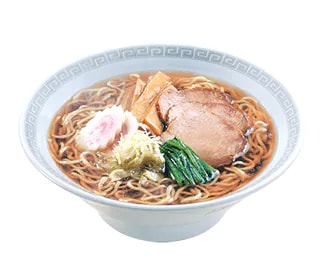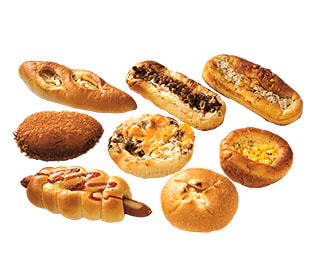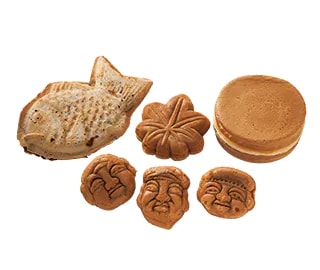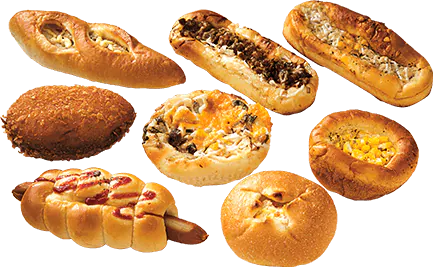
European-based bakeries are prominent in the Japanese market, and much sought-after for their authentic baguettes and croissants. But Japan has its own distinctive homegrown baked goods, including the immensely popular sozai pan, a range of unique breads that involve the creative amalgamation of side dish (sozai) and bread (pan).
Sozai pan are always tempting, often surprising
It wasn’t until the late 19th century, when the country opened itself to Western culture, that bread was introduced into the Japanese diet. The Japanese lost no time in developing bread-based variants that reflected their own tastes, including sozai pan, which began to be marketed after the 1920s. Sozai pan comprises two elements: a very soft-textured bread-base, characteristic of Japanese breads, plus the addition of fillings or toppings that would typically be eaten separately. These added ingredients range from Japanese to Western and even Chinese foods and seasonings.
Curry pan, for example, reflects the immense popularity of curry and rice: it is a concoction of deep-fried bread with curry filling. The majority of Japan’s bakeries offer curry pan, some of which are exclusive variations on the basic recipe. Some shops might produce only a limited amount of these special curry pan, which are quick to sell out. Other sozai pan include corn-mayonnaise breads, topped with a mix of sweet corn and mayonnaise; then there is a more hearty bread stuffed with a savory sausage.
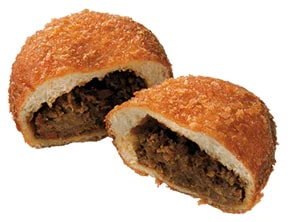
Other Japanese-derived sozai pan varieties include teriyaki chicken pan, garnished with Japanese long onion and sesame seeds; pan topped with mayonnaise-wasabi seasoned tuna; and gobo pan, which features burdock root, shimeji mushrooms and sesame mixed with mayonnaise. Recently, more and more bakers are creating sozai pan with a firmer bread base, such as baguettes stuffed with potato, bacon and cheese. Bakeries are constantly developing new types of sozai pan, often using seasonal ingredients that are sold only for a limited time. The hybrid nature of sozai pan was originally founded on a tasty mix of Japanese and Western elements, but today’s sozai pan—always tempting, often surprising—reflect an innovative, more purely Japanese sensibility.

